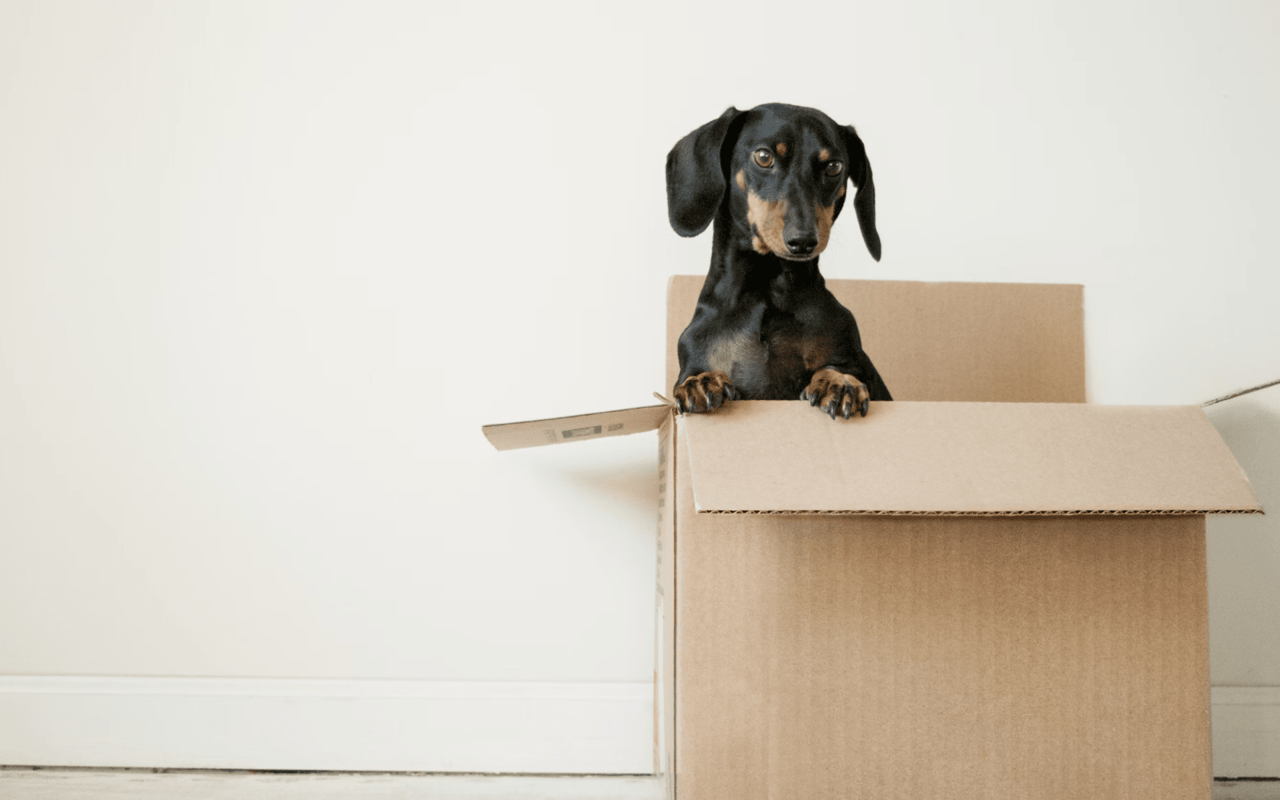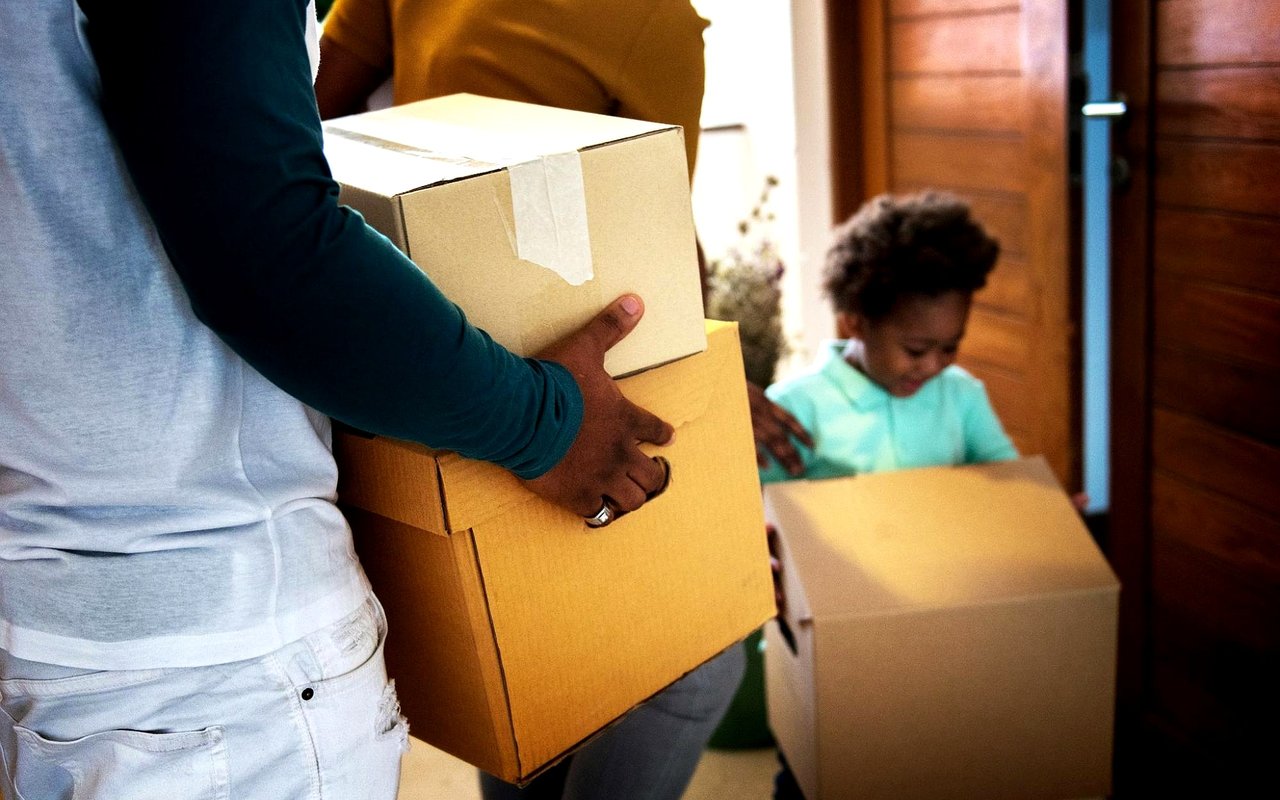Moving to a new home can be a stressful experience, not just for humans but for pets as well. Pets can become anxious when their familiar surroundings change suddenly. Fortunately, with some careful planning and consideration, you can make the transition as smooth as possible for your beloved animals. Here are some valuable tips for moving with pets that will help ease the process for you and your furry friends.
1. Keep a Routine
One of the most important things you can do for your pets during a move is to keep their routine as normal as possible. Try to feed, walk, and play with them at the same times as usual. Consistency can significantly help reduce their stress. Maintaining a routine provides your pets with a sense of security amidst the chaos of packing and moving.
2. Visit the Vet
Before you move, make a trip to your veterinarian. It’s essential to ensure that your pet is healthy and up-to-date on vaccinations before entering a new environment. This visit is also a good opportunity to discuss any concerns you have about your pet's ability to handle the move, particularly if they are elderly or have health issues. Obtain a copy of your pet's medical records to take with you, and ask for a recommendation for a new vet near your new home.
3. Create a Safe Space
During the packing and moving process, your home will likely be in disarray, which can be distressing for pets. Set up a quiet, safe space for your pet away from the action, such as a bathroom or laundry room. This area should include their bed, favorite toys, and other comfort items. It’s also a good idea to check in on them regularly and spend some time with them so they don’t feel isolated.
4. Travel Considerations
How you transport your pet will depend on the distance of your move and the type of pet. For long car trips, make sure your pet is comfortable in a crate or secure carrier. Plan for regular stops to allow them to use the bathroom and stretch their legs. If you're flying, contact the airline well in advance to understand their pet policies and make the necessary arrangements. Comfort items like a familiar blanket or a piece of clothing with your scent can help soothe your pet during the journey.
5. Update Their Info
Before moving day, update your pet's tags or microchip information with your new address and phone number. Your pet must have the correct identification in case they get lost during the move, especially in an unfamiliar neighborhood.
6. Gradual Introduction to the New Home
Once you arrive at your new home, don’t let your pet roam around the neighborhood off-leash until they are more familiar with the area. Instead, gradually introduce them to their new surroundings. Allow them to explore one room at a time to prevent them from feeling overwhelmed. Accompany them on walks in the neighborhood until they seem comfortable and confident in their new environment.
7. Maintain Close Supervision Early On
In the first few days after moving, it's particularly important to keep a close eye on your pets. Watch for signs of stress, such as excessive panting, drooling, or more frequent barking or meowing. Some pets may attempt to return to their old house or could try to hide in tight spaces. Close supervision can help manage these behaviors effectively.
8. Keep Familiar Routines in the New Home
As you settle into your new home, re-establish the routines that your pet was accustomed to in your previous residence. Consistent meal times, walk schedules, and play sessions can significantly help your pet adjust to their new environment. This continuity can be a comfort to them and can hasten their adjustment.
9. Extra Attention and Comfort
Moving is tough on everyone, pets included. Give your pet extra attention and reassurance during and after the move. Extra cuddles, more frequent walks, and some additional playtime can go a long way in helping your pet feel secure. Show patience and give them plenty of love—they’ll need it just as much as you might during this stressful time.
10. Observe and Adapt
Every pet is unique, and each will react differently to moving. Observe how your pet responds to the move and be ready to adapt your strategy to suit their needs. Consider consulting a veterinarian or a pet behaviorist if your pet shows signs of prolonged stress. They can provide strategies and support tailored to your pet’s specific issues.
Moving with pets involves unique challenges, but with the right preparation, you can make it a positive experience for your entire family. By planning and taking the time to cater to your pets' needs, you ensure that your new house feels like home to all family members, paws included.








